-
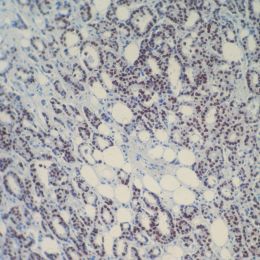 HOPE® Fixative System ICatalog Number 24823
HOPE® Fixative System ICatalog Number 24823HOPE® - Formalin-free fixation technique for molecular pathology and research!
Tissue conservation using the new HOPE®-technique provides paraffin embedded tissue blocks with native structure of the macro-molecules (protein, DNA, RNA) in the tissue.
-
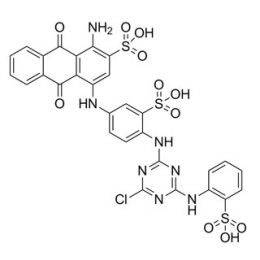 Cibacron Blue 3GA, Affinity Chromatography GradeCatalog Number 25721
Cibacron Blue 3GA, Affinity Chromatography GradeCatalog Number 25721Sulfonated triazine dye that can be immobilized on a support matrix and used for affinity chromatography of proteins. Also used for probing nucleotide binding sites in proteins. (Reactive blue 2)
1H NMR and mass spectrometry data are consistent with the structure shown.
-
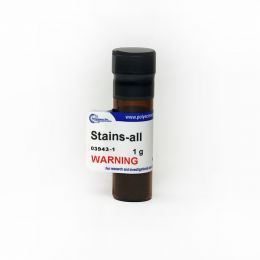 Stains-allCatalog Number 03943
Stains-allCatalog Number 03943Used to stain DNA, RNA, and protein. Also useful for staining acid polysaccharides.
Results:DNA stain blue
RNA stain bluish-purple
Protein stain red
-
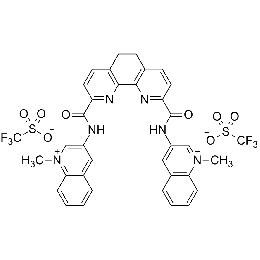 Phen-DC3Catalog Number 26000G-Quadruplex Ligand
Phen-DC3Catalog Number 26000G-Quadruplex Ligand -
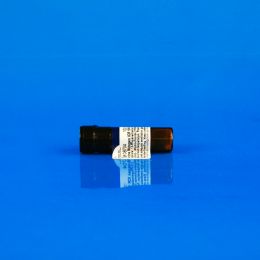 Acridine mutagen ICR 191Catalog Number 08704
Acridine mutagen ICR 191Catalog Number 08704Frameshift mutagenic standard for Ames test in Salmonella and E. Coli.
([6-Chloro-9-(3-[2-chloroethylamino]propylamino)-2-methoxyacridine] dihydrochloride; ICR 191 Acridine mutagen; Ames mutagen 191)
-
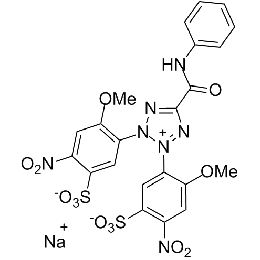 XTTCatalog Number 19661
XTTCatalog Number 19661Useful in in vitro cell growth assays with possible applicability to a variety of problems in cellular pharmacology and biology.
-
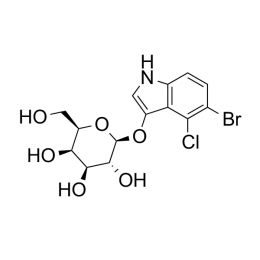 5-Bromo-4-chloro-3-indolyl β-D-galactopyranosideCatalog Number 17316
5-Bromo-4-chloro-3-indolyl β-D-galactopyranosideCatalog Number 17316Histochemical substrate for β-galactosidase.
X-gal
-
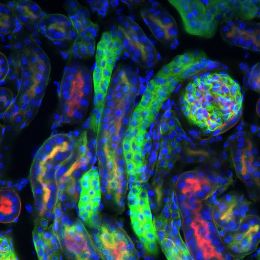 4’,6-Diamidino-2-phenylindole dihydrochloride (DAPI)Catalog Number 09224
4’,6-Diamidino-2-phenylindole dihydrochloride (DAPI)Catalog Number 09224A cationic fluorescent dye which specifically binds to adenine-thymine-rich DNA. Applications include detection of nanogram quantities of DNA in cellular homogenates, and cytofluorometric determination of the DNA base content in human chromosomes. Available in bulk quantities for OEM users at significant savings.
λ max 342nm
-
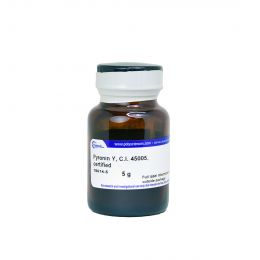 Pyronin Y, C.I. 45005, certifiedCatalog Number 18614
Pyronin Y, C.I. 45005, certifiedCatalog Number 18614Used in combination with methyl green for the selective and differential staining of nucleic acids. The pyronin Y stains RNA red, while the methyl green stains DNA green. The combined methyl green-pyronin Y stain is a useful histochemical reagent. Pyronin Y can also be used as a tracking dye for polyacrylamide gel electrophoresis.
λmax 552nm
-
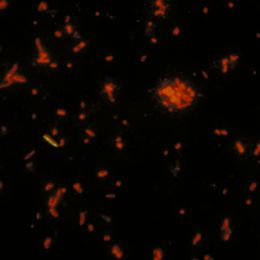 Acridine orange, C.I. 46005 (min. 95%)Catalog Number 04539
Acridine orange, C.I. 46005 (min. 95%)Catalog Number 04539DNA intercalating dye. A grade of acridine orange of exceptionally high purity, suitable for quantitative work. Free of inorganic salts. A specific stain for RNA, used as a 2% solution containing 1% lanthanum acetate in 15% acetic acid.
-
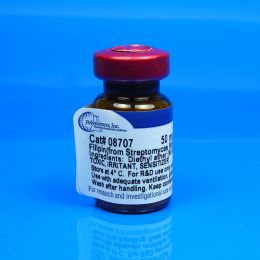 Filipin (from Streptomyces filipinensis)Catalog Number 08707
Filipin (from Streptomyces filipinensis)Catalog Number 08707Polyene antibiotic fluorochrome for cholesterol determination. Used as an antifungal agent.
-
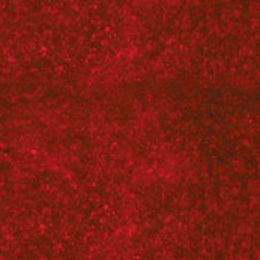 5-Cyano-2,3-di-(p-tolyl)tetrazolium chloride (CTC)Catalog Number 19292
5-Cyano-2,3-di-(p-tolyl)tetrazolium chloride (CTC)Catalog Number 19292Cyanoditolyl tetrazolium chloride has been used to measure the redox activity of tumor cells. It has also been employed for direct epifluorescent microscopic enumeration of respiring bacteria in food samples and environmental samples, especially water samples.
-
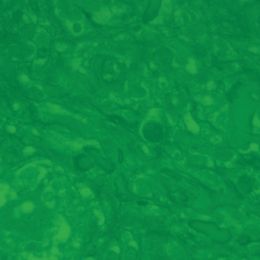 Fast green FCF, C.I. 42053, certifiedCatalog Number 02745
Fast green FCF, C.I. 42053, certifiedCatalog Number 02745(Food green 3). Sensitive stain for proteins in polyacrylamide gels. Especially suitable in isoelectric focusing. Also suitable for use as a cytological counterstain, and mammalian tissue stain for muscle and collagen.
λ max 622-626nm.
-
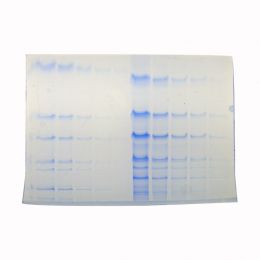 Coomassie® Blue G250, C.I. 42655Catalog Number 03707
Coomassie® Blue G250, C.I. 42655Catalog Number 03707Protein stain for SDS gels. Used in dye binding techniques for protein quantification.
(Coomassie blue® G250; Brilliant blue G250; Acid blue 90)
λmax 610nm
-
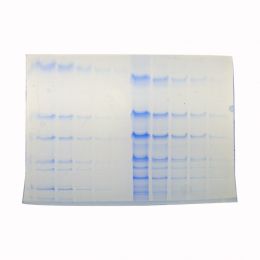 Coomassie® blue R250, C.I. 42660Catalog Number 00352
Coomassie® blue R250, C.I. 42660Catalog Number 00352Rapid acting and sensitive dye for SDS gels.
(Coomassie blue® R250; Brilliant blue R250; Acid blue 83)
λmax 588nm
-
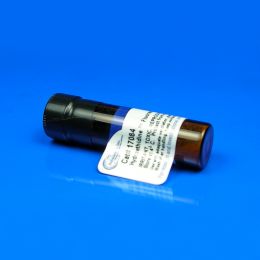 Hydroethidine™ (Dihydroethidium bromide)Catalog Number 17084
Hydroethidine™ (Dihydroethidium bromide)Catalog Number 17084Reduced ethidium bromide. A vital stain. Enters and stains living cells without cellular trauma.
-
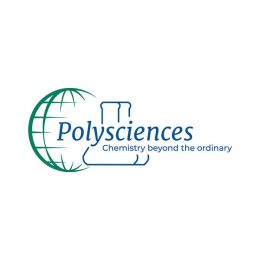 Osmium ammine-BCatalog Number 21033
Osmium ammine-BCatalog Number 21033Stable DNA stain.
-
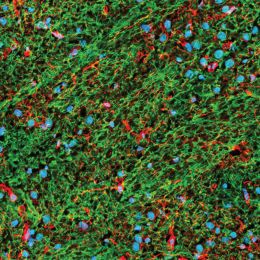 Bisbenzimide (Hoechst 33258)Catalog Number 09460
Bisbenzimide (Hoechst 33258)Catalog Number 09460Fluorescent chromosome stain. Recommended use is 10mg/ml for 2-10 minutes. This will vary based on section thickness.
(2’-[4-Hydroxyphenyl]-5-[4-methyl-1-piperazinyl]-2,5’-bi-1H-benzimidazole trihydrochloride pentahydrate; Hoechst 33258)
-
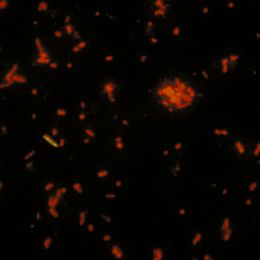 2% Acridine Orange, Ready-to-UseCatalog Number 24603
2% Acridine Orange, Ready-to-UseCatalog Number 24603DNA intercalating dye. A grade of acridine orange of exceptionally high purity, suitable for quantitative work.
-
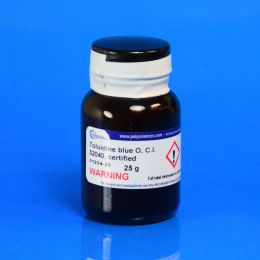 Toluidine blue O, C.I. 52040, certifiedCatalog Number 01234
Toluidine blue O, C.I. 52040, certifiedCatalog Number 01234A metachromatic, cationic thiazine dye that is widely used in in vitro biological applications. It has also been used in techniques for DNAase detection.
λmax 626nm
-
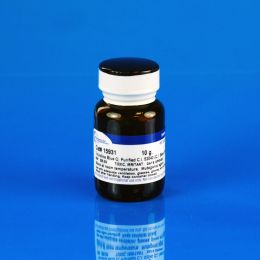 Toluidine blue O, C.I. 52040, purifiedCatalog Number 15931
Toluidine blue O, C.I. 52040, purifiedCatalog Number 15931Useful for staining RNA, oligodeoxynucleotides, proteins and glycosaminoglycans.
λ max 626nm.
Assay >60% anhydrous dye.
-
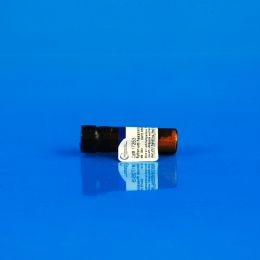 Ruthenium hexammine trichlorideCatalog Number 17253
Ruthenium hexammine trichlorideCatalog Number 17253Electron microscopy stain.
-
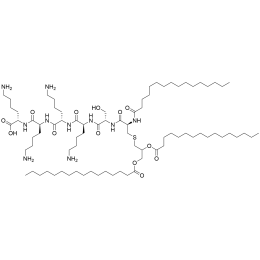 PAM3CSK4Catalog Number 14518Pam3CSK4 (Pam3CysSerLys4) is a lipopeptide and an activator of proinflammatory transcription factor NF-?B. It is a kind of TLR agonist and ligand of TLR2/TLR1.
PAM3CSK4Catalog Number 14518Pam3CSK4 (Pam3CysSerLys4) is a lipopeptide and an activator of proinflammatory transcription factor NF-?B. It is a kind of TLR agonist and ligand of TLR2/TLR1. -
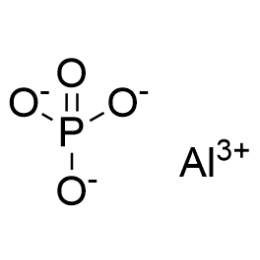 Aluminum PhosphateCatalog Number 14519Aluminum phosphate is an adjuvant that is commonly used as a component of vaccines to stimulate immune responses against antigens.
Aluminum PhosphateCatalog Number 14519Aluminum phosphate is an adjuvant that is commonly used as a component of vaccines to stimulate immune responses against antigens. -
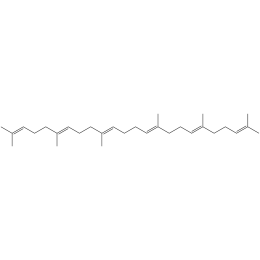 SqualeneCatalog Number 14508Squalene is an organic compound used as a component of some adjuvant formulations. Squalene-based emulsions have been shown to induce a strong innate immune response.
SqualeneCatalog Number 14508Squalene is an organic compound used as a component of some adjuvant formulations. Squalene-based emulsions have been shown to induce a strong innate immune response. -
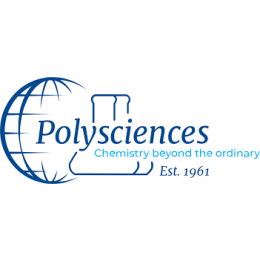 Zymosan ACatalog Number 14703Zymosan A is an adjuvant that is known to stimulate macrophage receptors such as TLF2, TLR6, NLRP3, and dectin-1.
Zymosan ACatalog Number 14703Zymosan A is an adjuvant that is known to stimulate macrophage receptors such as TLF2, TLR6, NLRP3, and dectin-1. -
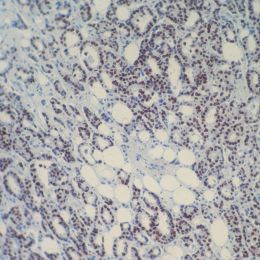 HOPE® Fixative System IICatalog Number 24824
HOPE® Fixative System IICatalog Number 24824HOPE® - Formalin-free fixation technique for molecular pathology and research!
Tissue conservation using the new HOPE®-technique provides paraffin embedded tissue blocks with native structure of the macro-molecules (protein, DNA, RNA) in the tissue.
-
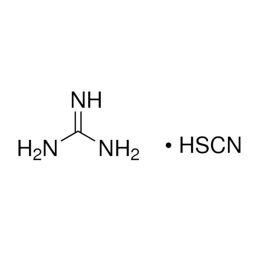 Guanidine ThiocyanateCatalog Number 25072
Guanidine ThiocyanateCatalog Number 25072Guanidine Thiocyanate also has the added benefit of being a chaotropic agent. This feature allows it to decrease the action of hydrogen bonds in water as well as disrupts intramolecular interactions within proteins and other macromolecules – further increasing solubility of unwanted cellular components.
-
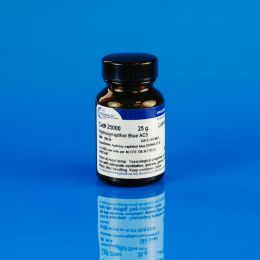 Hydroxynapthol Blue, ACSCatalog Number 25000
Hydroxynapthol Blue, ACSCatalog Number 25000Hydroxynapthol Blue is suitable for calcium determinations.
-
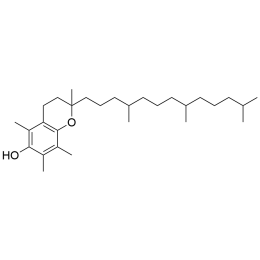 α-tocopherolCatalog Number 14505
α-tocopherolCatalog Number 14505α-tocopherol, an isoform of vitamin E, is a lipid soluble anti-oxidant.
-
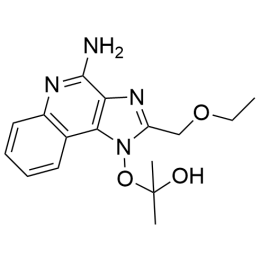 ResiquimodCatalog Number 14706
ResiquimodCatalog Number 14706Resiquimod is a TLR7/TLR8 synthetic agonist that can be used as a vaccine adjuvant to improve antigen-specific antibody production.
-
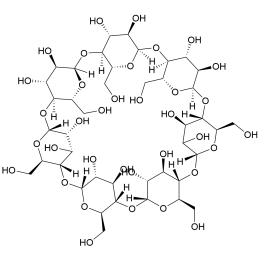 β-CyclodextrinCatalog Number 22501Inquire for availability.Phone: 1(800)523-2575Email: [email protected]
β-CyclodextrinCatalog Number 22501Inquire for availability.Phone: 1(800)523-2575Email: [email protected]Beta-cyclodextrin (β- CD) is a cyclic oligosaccharide with a hydrophobic inner cavity and a hydrophilic outer surface.
-
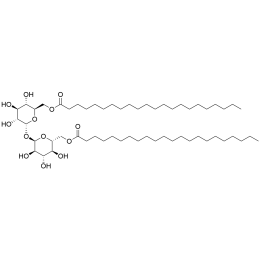 trehalose 6,6'-dibehenateCatalog Number 14701
trehalose 6,6'-dibehenateCatalog Number 14701TDB is a glycolipid adjuvant and an immunomodulator that is used to develop non-phospholipid based liposomal-like nanoparticles.
-
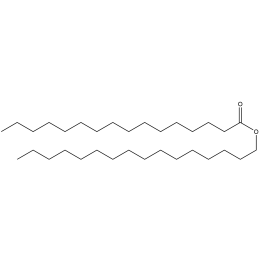 Cetyl PalmitateCatalog Number 14502Inquire for availability.Phone: 1(800)523-2575Email: [email protected]
Cetyl PalmitateCatalog Number 14502Inquire for availability.Phone: 1(800)523-2575Email: [email protected]Cetyl palmitate is a naturally occurring waxy lipid used to formulate solid lipid nanoparticles (SLNs).
-
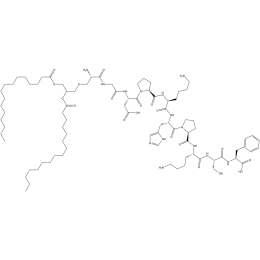 FSL-1Catalog Number 14709
FSL-1Catalog Number 14709FSL-1 is a synthetic lipoprotein and an agonist of the TLR2/TLR6 heterodimer which induces an innate immune response.
-
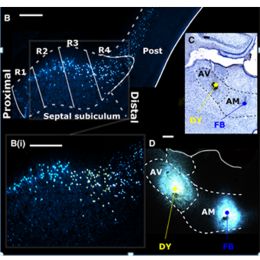 Fast Blue (FB)Catalog Number 17740
Fast Blue (FB)Catalog Number 17740Fast blue fluorescent tracer used in studies of peripheral nervous system to determine the number & origin of neurons projecting to specific area
Molecular Biology
